Hunting is an old-age practice that still has many benefits, including wildlife management and protection from predators. Whether you’re a hunting pro or a beginner in the hunting game, you must be well prepared.
To have an enjoyable hunting adventure, you need some essential hunting equipment. Hunting apparel, tactical gloves, weapons, and a backpack with the food and water you’ll need are among the basic hunting essentials. And hunting lights are one of the most important hunting products, especially if you hunt at night.
But why is light so important for hunting? What’s the science behind the different colour lights, and how can you choose the best light for your game?
Why Use Hunting Lights?
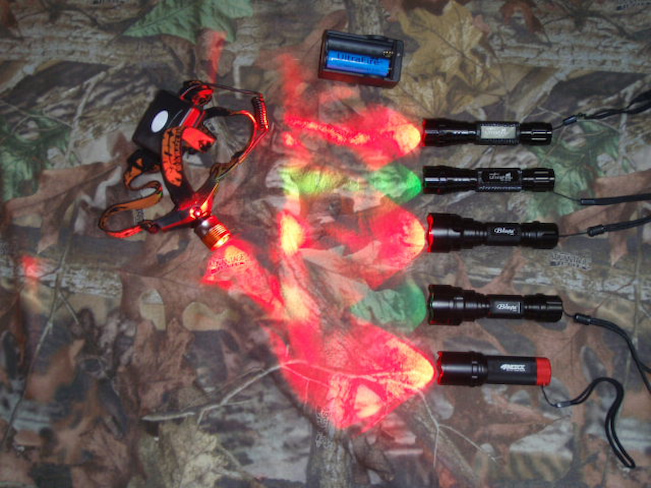
Nighttime hunting is a widespread practice. This is because most targets, such as deers, predators and hogs, come out at night. The hunting light is the tool hunters use to illuminate animals for harvest during the period between sunset and the official sunrise of the following day. Its most common use is for tracking, spotting, and harvesting animals. These are the main reasons why you should use hunting lights.
Easily Locate Your Post
Finding the right location that offers a vantage point or a spot near the animal’s trails is crucial for bringing meat to your table. Why stumble upon the perfect hunting post instead of quickly locating it in the dark wood?
Read Your Hunting Map
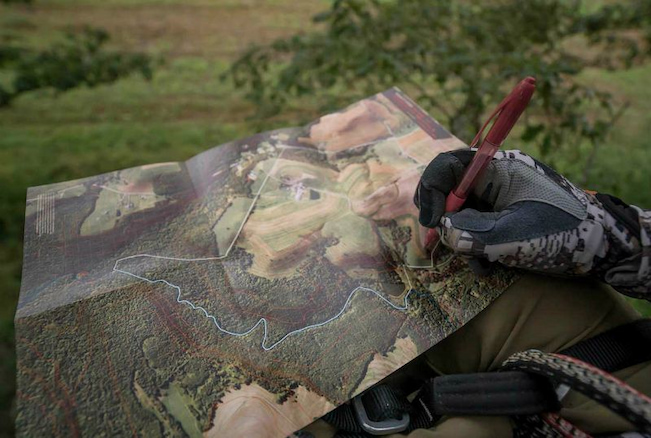
To find the perfect locations where you can stand or sit the night out, you must follow a map for your hunting area. To read in the dark, you need light.
Easily Track Animal Paths
If following animal paths is difficult during the brightest day, it can be nearly impossible in the darkness of the night. That’s what makes hunting light necessary for discreet animal tracking at night.
Make Others Aware of Your Presence
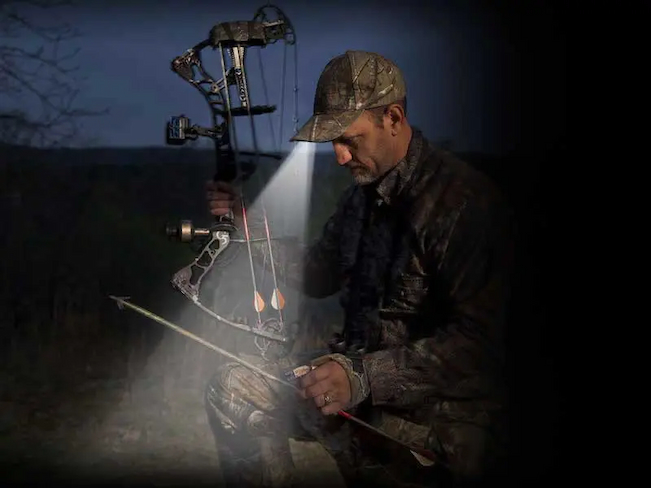
This is especially important if you hunt in public hunting areas. Wearing a flashlight with/on you is a discreet way of saying you’re there and ensuring your and the safety of others.
Handle Your Weapon Safely
Operating a weapon presents a safety hazard at any time but especially in the dark. Having a light at hand, you can handle it safely, avoiding mishaps and property damages.
Field Dress Your Animal
If you want to use the animal’s meat for food after you hunt it down, field dressing is a necessary step, as it helps preserve the meat. You should field dress the animal as soon as possible to prevent the growth of bacteria, no matter how dark it is. It’s easy to finish this process quickly and efficiently with a hunting light in hand.
Remove an Animal from the Woods
As finding your way into the dark woods isn’t hard enough, you should navigate wearing a heavy animal after a successful hunt. Illuminating your path can also help transfer your animal without causing additional damage.
Types of Hunting Lights
Handheld Lights
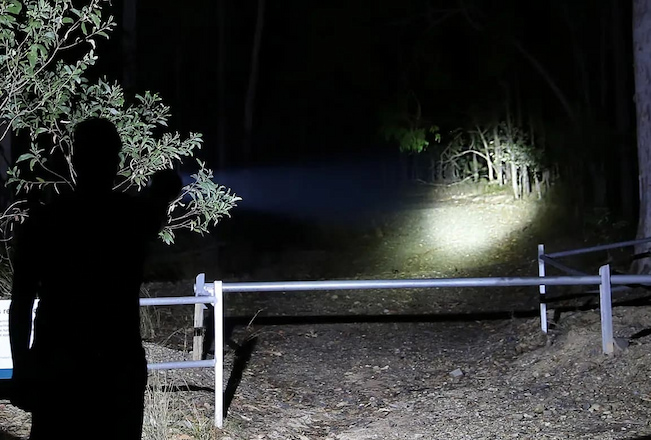
Regardless of the methods you use or what animals you hunt, it’s essential to have a handheld light at hand when you’re hunting at night. Experts recommend one or two coloured lights, preferably red and green, and one very bright white light. It’s important to have both so that you can use coloured lights for stealth and hunt and bright light to light the place up or your pathway.
Weapon Light Attachments
A handheld light device is a must no matter the technology you use, even if you use night vision or thermal imaging technology. In that case, you might not need a weapon-mounted light that much. But if you prefer to use lights over thermal or night vision technology, you’ll need more than a handheld light to make a good shot. While it can be great for scanning the area to locate the game, it’s hard to illuminate and shoot simultaneously, especially if you are alone. On the other hand, it’s hard to scan the area with the weapon-mounted light, as it requires moving the weapon every time you want to scan. Having both of these lighting hunting products is key.
Headlamps
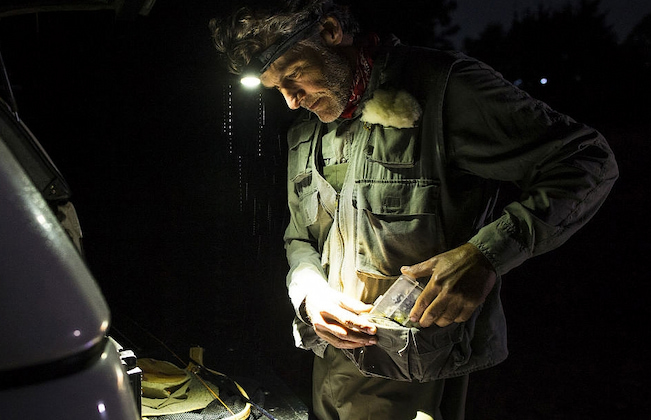
Using a headlamp comes down to personal preference. If you hunt alone and you need to lighten an area while having free hands, it’s helpful to have one at hand.
Feeder Lights
If you have a permit to hunt on a property where it’s legal to use bait to hunt, then a feeder lighter is a must-have. No matter the weapon you’re using, it can be difficult to light up an area while executing a clean and successful shot.
There is a variety of feeder hunting lights available. Some are battery-operated and some work using solar panels. Some models can be manually operated, while others include motion sensors. Regarding the light beam, some models mount on the feeder and disperse the light downwards on the feeding area, and others can be mounted elsewhere and disperse light horizontally. You must consider your hunting circumstances to choose the best feeder light for you.
The Science Behind Coloured Hunting Lights
What color light is best for hunting? Most people think that light is light and it’s visible to anyone who can see, no matter the colour. This is only partially true: light is visible to all humans and other mammals who aren’t blind. But when it comes to colour, there’s a disorder called colour blindness. Colour blindness is very common, affecting 300 million people or 8% of the world population. It’s when a person can’t tell the difference between different colours, mostly between reds and greens. Most animals are naturally colour blinded. This is because they have two cones in the eye’s retina compared to humans, who have 3. This means that many animals don’t see colours the way we see them, and lights colour aren’t an exception.
Using a green or red light won’t eliminate the light visibility; it’ll cause the light to appear much less intense than white light. Because these coloured lights appear less harsh to the animals, it allows the hunter to use the light to see the target without startling the animal. Both red and green light works fine, but it seems that for most game animals, red is slightly better or less intense.
























